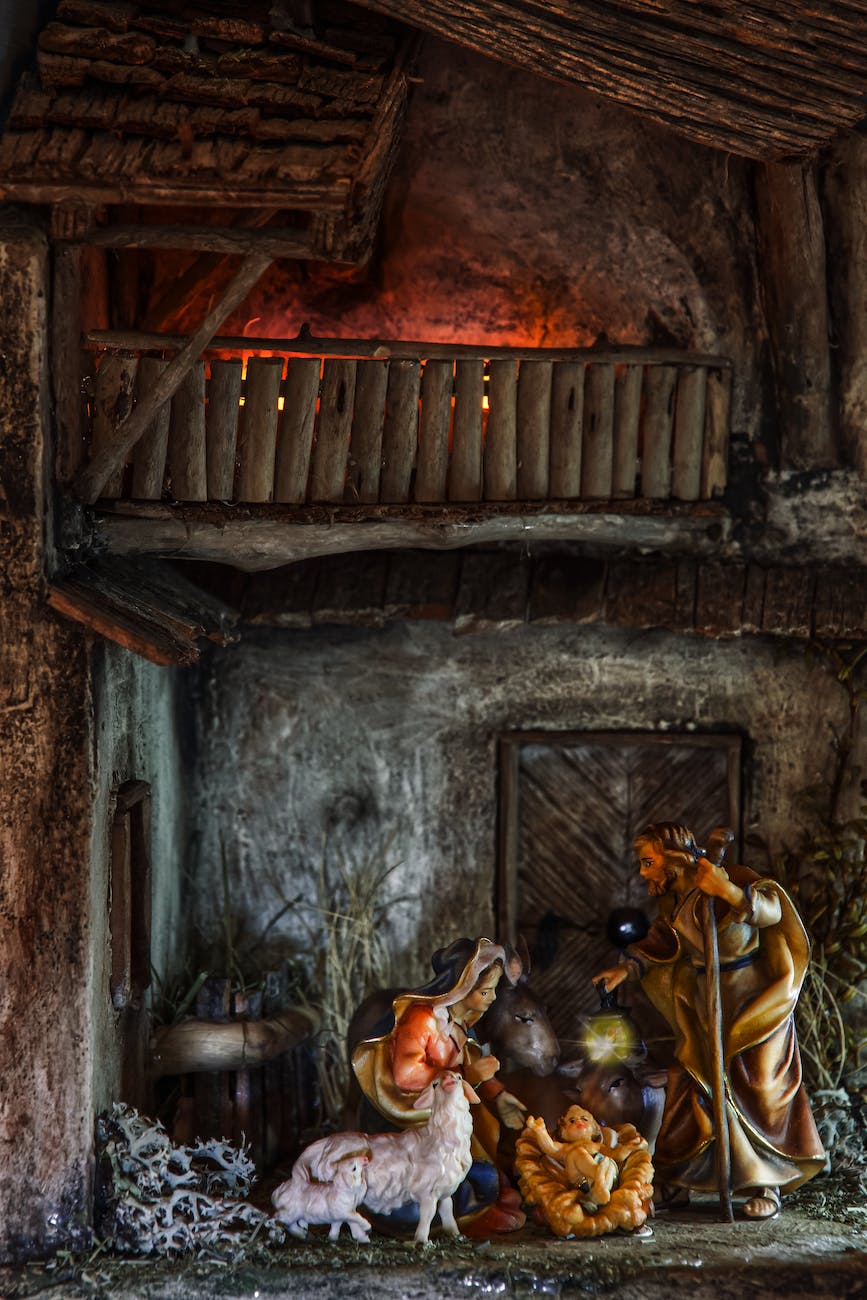Christmas deeply ties former Spanish colonies on both sides of the Pacific.
Noche Buena (“good night”) is the celebration of Christmas Eve that happens at midnight. Here in the Philippines, families spend time together, eat lots of good food, exchange gifts, and play parlor games within their homes during that time. Growing up, I’ve always thought that Noche Buena was an exclusive thing for Filipinos.
If you want weekly articles in your email, please consider subscribing to my Substack.
I just learned this recently while watching a YouTuber named Chachii-chan. She is from the Dominican Republic (DR) and visited the Philippines recently. She mentioned that she was looking forward to Noche Buena and it made me realize that Noche Buena is a big thing in Latin America in general.
I’ve always found it interesting that we Filipinos share a lot of things with our Latino brothers and sisters on the other side of the Pacific. And I find it fascinating that Filipinos have a connection with a lot of different peoples — Latinos (especially Mexico), Americans (through colonial history), Europeans (by way of Spain), and fellow Asians.
Countries that Celebrate Noche Buena
So what countries celebrate Noche Buena aside from the Philippines? Spain has it, and also its former colonies in Latin America from north to south, including the Caribbean:
- Mexico
- Cuba
- the Dominican Republic
- Puerto Rico
- Belize
- Guatemala
- Honduras
- Nicaragua
- Costa Rica
- Venezuela
- Ecuador
- Peru
- Chile
- Bolivia
- Paraguay
- Argentina
- Uruguay
The USA also does it within its Hispanic communities. I also tried to confirm if the other former Spanish colonies in Africa have it too (i.e., Morocco, Equatorial Guinea, and Western Sahara) but I couldn’t find any information.
All of these countries include a local version of the Christmas midnight mass (“La Misa del Gallo” for the Latinos, “Simbang Gabi / Misa de Gallo” for Filipinos).
Food During Noche Buena
The food spreads are pretty diverse, given the huge stretch of territories that the Spanish Empire once controlled. I’ve only found lovely delicious dishes in each country and it is a shame there’s no such thing as a “La Noche Buena Food Tour” across the region.
However, even if the food is diverse, I found that there are common Christmas foods in Latin America, some of which include — tamales or its cousins like pasteles or humitas or hallacas, roasted pork (lechon/pernil), different versions of rice and beans, pavo (turkey), eggnog-style drinks (rompopo or coquito), asado (barbecued meat), salads like ensalada rusa (which has its curious history), and different types of sweetened bread and cakes.
In Spain, Christmas foods are pretty different — I see tapas, jamon, marisco (seafood), and cochinillo/lechazo (suckling pig/lamb), among others.
Here in the Philippines, some examples of dishes we have during noche buena are glazed ham, tsokolate, quezo de bola (edam cheese — which incidentally has a connection with the Dutch), spaghetti made with banana ketchup, hamonado (pork in pineapple sauce). We also have local rice delicacies like puto bumbong (glutinous rice with muscovado sugar and coconut) and bibingka (rice cake made with coconut milk, sugar, and margarine topped with salted egg).
As for lechon, I’m pleasantly surprised that there are different variations in Cuba, Puerto Rico, and Colombia as well.
Noche Buena vs Media Noche
In the Philippines, we call New Year’s Eve celebrations “Media Noche” which in Spanish means “midnight” (not to be confused with the Cuban sandwich called the same). Most likely this is due to the influence of the Chinese, and not brought about by Spanish colonization.
During New Year’s Eve, fireworks abound in the Philippines starting around midnight and lasting a half hour after. Fireworks came from the Chinese and the practice of making noise and light to chase away bad luck came from them. These are not limited to a specific place — every neighborhood has a fireworks display. This makes for an incredible spectacle especially if you find a high enough viewpoint. You can find drone shots and videos of these on YouTube.
I find it hilarious that Noche Buena is steeped in Catholic tradition, while Media Noche is full of superstition. The centerpiece of the dinner table typically holds 12 types of fruits, symbolizing 12 months of the year, with pineapple in the middle as the eyes look like coins. Noodles are a must since these symbolize long life. Sticky rice desserts are also present, as these emphasize closer ties with family. Pork is the meat of choice and chicken is avoided — because pigs are plump and symbolize wealth, while chickens signify a scratch-and-peck mentality. Green vegetables are served because of their similar color to money.
There are also superstitions related to what you should wear (polka-dots symbolize coins) and what you should do (jumping will make you taller).
Wrapping Up
Noche Buena is a shared culture among the former Spanish colonies (including the Philippines) due to the spread of Christianity. Foods are diverse due to the wide reach, and there are also common customs like the midnight mass.
Media Noche however is exclusive to the Philippines and focuses on superstitions brought about by the Chinese.
At the end of the day, there may be a lot of different customs and foods, but one common thing we can all see is that the center of these is family, no matter where you are.
